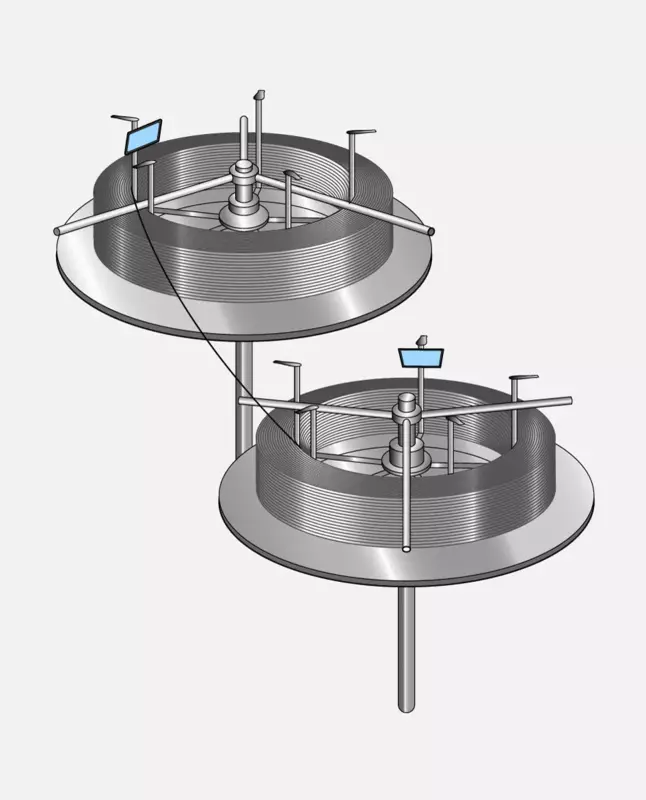How Sewing Machine Needles Are Made
2023-04-13
Since the invention of the sewing machine during the First Industrial Revolution, there have been rapid advances in sewing machine technologies. While many people are intrigued about the invention of the sewing machine and how it’s manufactured, few pause to wonder how sewing machine needles are made.
The sewing needle has a long and fascinating history, deeply woven into the rich fabric of human culture. Throughout history, humankind has used various materials to make sewing needles, and during the Stone Age, needles were made from readily available bone and ivory.
With the advent of the Metal Ages, sewing needles started to be made from copper, bronze, and iron. The oldest copper and iron needles date back thousands of years, but it wasn’t until the 14th century that needles became more sophisticated.
The Early Model
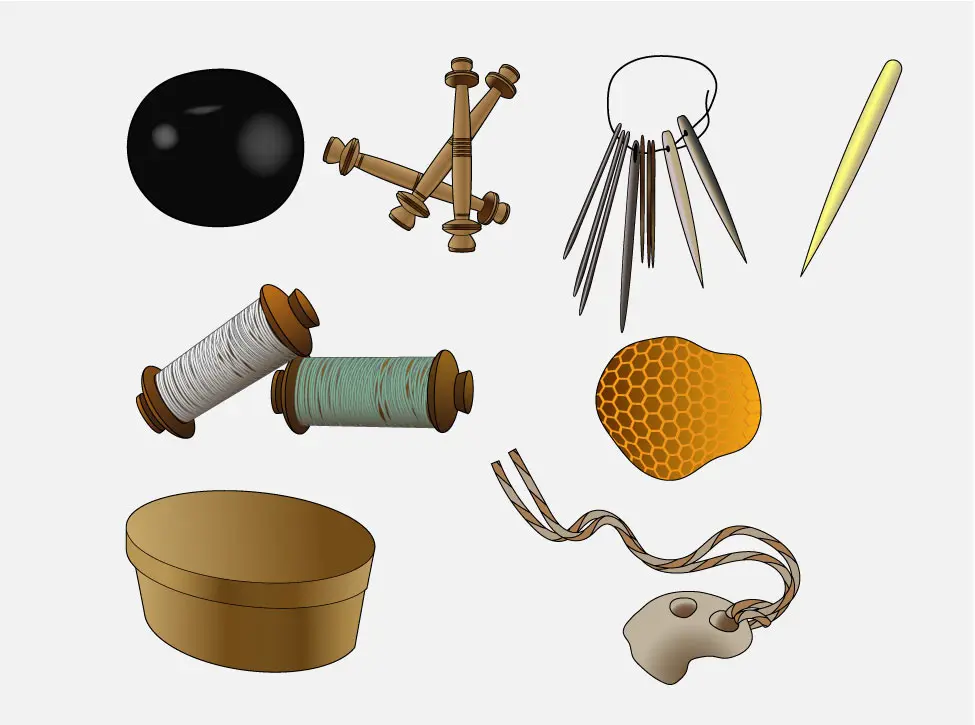
While there is evidence of eyed needles dating back to the earliest bone needles 50,000 years ago, until the 15th century, many sewing needles had hooks instead of eyes. It’s easy to see why the eye of the needle is a weak point with bone and ivory. When Europeans developed greater skill at honing iron, it was quickly seen as a better material for making needles.
Innovations in sewing needles and other tools were encouraged by a burgeoning textile industry in the 12th and 13th centuries. New looms in Medieval Flemish cities produced textiles three times faster, and by the 1400s, eyed sewing needles made from iron were common.
The First Patents For Mechanical Sewing
By the time of the First Industrial Revolution, the textile industry was bursting at the seams. During the 1700s, a textile factory worker’s output increased 500 times. Some people consider the advances in the textile industry during that time to be a revolution in their own right.
In 1755, the first patent related to the sewing machine was granted to a German inventor named Charles Weisenthal. He received a British patent for an eyed sewing machine needle, the first of its kind. His patent implied that there was a machine to go with the needle, and while Weisenthal is often credited with the idea of a sewing machine, his patent didn’t describe the machine. Nothing came from this patent.
Several inventors tried unsuccessfully to make a practical sewing machine, but it wasn’t until 1830 that the first working sewing machines were put into use by Barthélemy Thimonnier in France. His machines used a barbed needle with one thread. The needle pierced the fabric, which pulled the thread up to make a loop that was then secured by the next loop.
A New End
The problems associated with mechanical sewing were solved in the 1840s when Elias Howe, the inventor of the modern-day sewing machine, was inspired to put the eye of the needle at the same end as the point. In doing so, he used two threads and created the lockstitch sewing method.
While it might seem like an obvious answer to people today, moving the eye of the needle to the same end as the point was groundbreaking. Sewing needles had been used in the same way for millennia.
Today, all sewing machine needles, for both commercial and personal sewing, are made with the eye of the needle at the same end as the point, as envisioned by Elias Howe. However, the manufacturing process of sewing machine needles has developed over time.
The Manufacturing Process
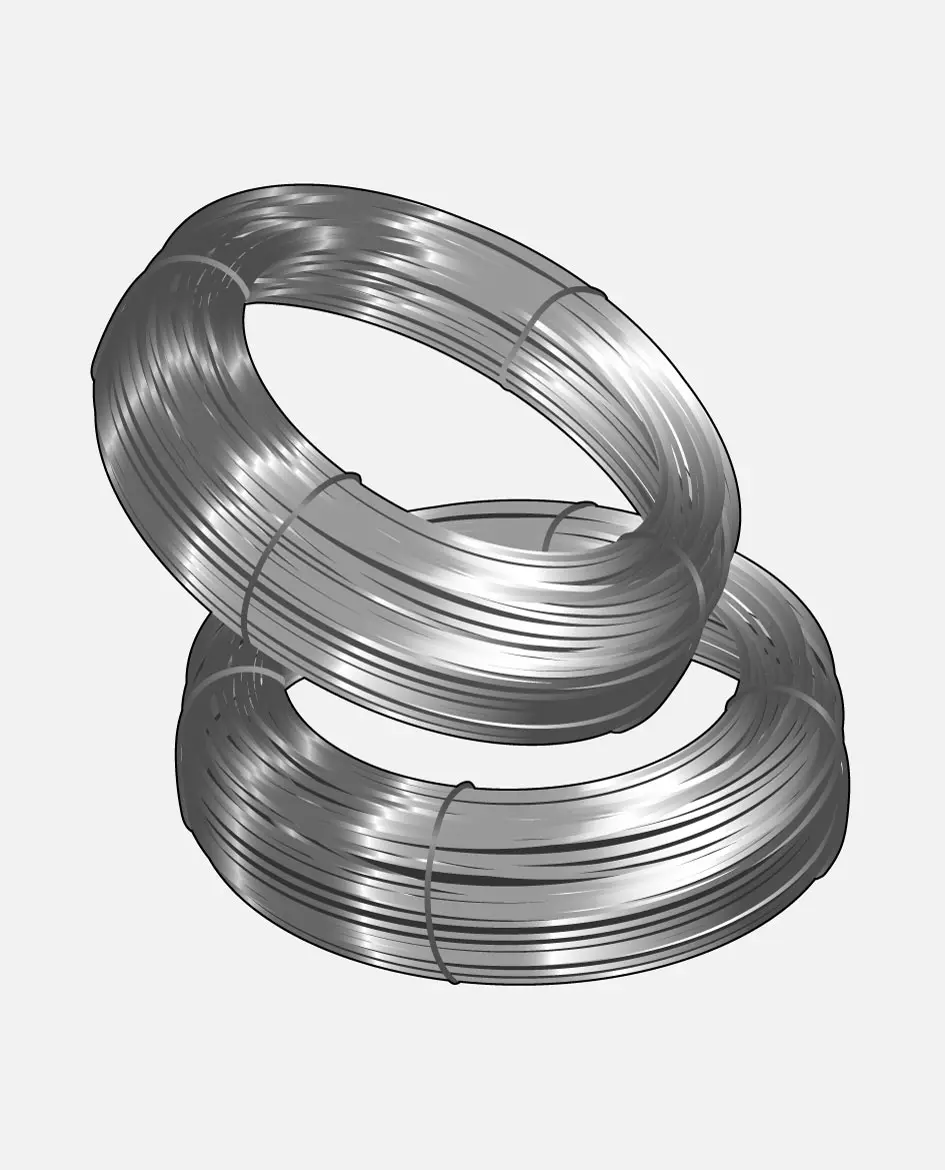
In the last 500 years, there have been great developments in the manufacturing process of sewing needles. Even though the needle itself is much older and needles were already being made in other parts of the world, the hand-sewing needle manufacturing trade in Germany started during the 1500s.
By 1807, there were 13 needle factories in Aachen, Germany, employing over 7,500 workers and supplying much of Europe with sewing needles. Aachen remained the center of the needle industry for over 150 years, and at one time, well over half of the world’s sewing machine needles were produced in this part of Germany.
When sewing machines were invented in the mid-1800s, needle manufacturers in Aachen, Germany, were nicely positioned to take control of the sewing machine needle manufacturing process. Almost two hundred years later, companies like Schmetz mass produce millions of high-quality needles each year using sophisticated equipment and high-tech automatic machinery.
There are over twenty steps in the manufacture of the sewing needle. The same techniques and equipment employed in producing syringe needles are also used when manufacturing sewing machine needles. The process starts with drawing wire from a spool and includes stamping, milling, annealing, plating, and finishing. Here is a closer look at the steps involved.
Wire Drawing
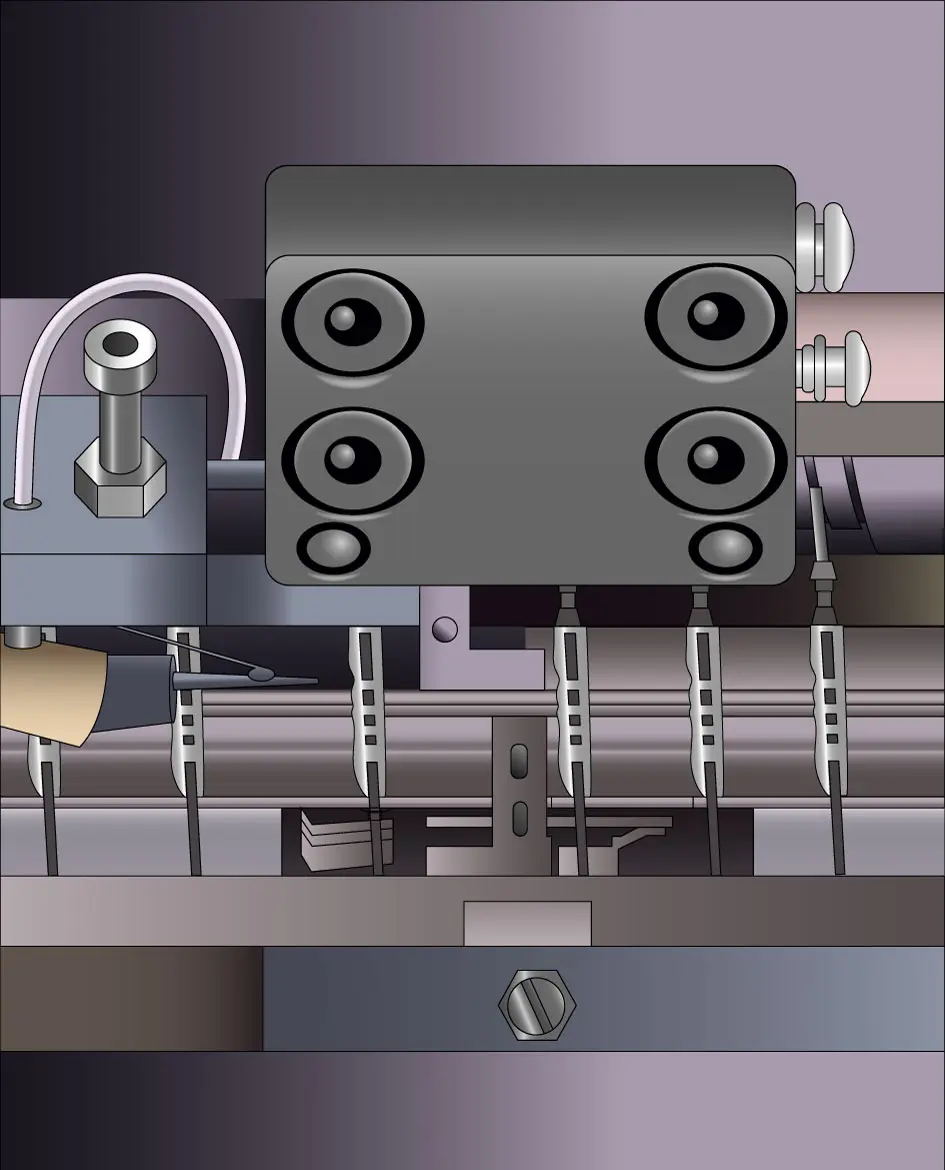
Sewing machine needle manufacturing starts with wire. The wire is drawn from spools and straightened. Machinery simultaneously pulls the wire from two coils, guiding it through narrow passages to straighten out any kinks. The wire is cut to the length, dropped into a shaking chute, and moved into bins.
Then, a process called swaging shapes the shank and blade of the needle. Swaging is a cold-working process where pressure forces metal to form a different shape. The trademark and other markings are stamped into the needle during swaging.
Stamping
After the needle is formed into shape, the eye of the needle is stamped into the newly swaged needle. A carrier strip holds the needles in place while the needles are perfectly stamped with a precision high-speed stamper. Perfect stamping creates an eye that can hold the thread without weakening it, but it still has several steps to go through before it's smooth enough for use in a sewing machine.
Milling
The milling or grinding process determines the final quality of the needle. After the needle is stamped, it is ground fine by being turned repeatedly. This grinding is a precision process that is known as milling.
In metal manufacturing, milling refers to the process of removing material using rotary cutters. In manufacturing sewing machine needles, the point is formed during milling.
Annealing
Several methods are used for hardening or tempering metal, and annealing is one of the most exact methods. Annealing softens the metal and improves its structure.
Once the needle is milled, it must be hardened through a process known as annealing to ensure that it can hold up to the pressures of sewing at high speeds. In this process, metal is heated and then quenched in oil. The needles are then slowly cooled, increasing their strength and reducing brittleness. Finally, they are deep frozen to make them even more elastic.
Finishing
In sewing machine needle manufacturing, the finishing process of smoothing is achieved through vibration polishing and chemical treatment. The needles are placed in a tub-like machine with abrasive tumbling media. The tumbling media is churned with the needles to remove burrs and imperfections.
The chemical deburring process smoothes the eye and the needle's point further. The needles must be smooth enough to prevent damaging material and fraying thread. The chemical deburring is a finely tuned process because if the needle is made too smooth, it will create excessive temperatures during sewing.
Hard Straightening
The combination of punching tools and finishing treatments produces perfect needles, but they require a final hard straightening. Needles must be completely straight to produce precise stitches, and the annealing process causes them to become slightly deformed. When a needle is bent even slightly, it can touch the throat plate and cause skipped stitches, and every needle must be individually straightened.
Washing
After it is straightened, sewing machine needles have to be plated. But first, they must be completely clean to guarantee quality at the highest level. Production units are sent through a washing unit several times to be cleaned with perchloroethylene, which removes even the smallest impurities.
Perchloroethylene, or perc for short, is a colorless solvent often used in dry cleaning. It’s used in many other manufacturing processes, including sewing machine needle production, because it cleans metal without weakening it.
Sewing machine manufacturers follow strict guidelines and use sealed bypass systems and filtration techniques to maintain ecological standards. Whenever water is used in the manufacturing process, it is filtered and purified to protect the environment.
Plating
Because of the grinding process, needles are subject to corrosion and must be plated. Plating protects the final needle and allows it to glide through fabrics. Sewing machine needles are commonly plated with nickel or chromium through a dipping process.
First, the needles are fitted into clamps to ensure they are plated correctly. The plating operation is controlled by a computer that determines the thickness of the plating. After the final plating, the needles are observed with human and machine optical controls to ensure a successful modern manufacturing process.
Polishing

Once needles have been inspected and met strict quality control requirements, they pass to the next phase. Here, the needles are polished with fine brushes as a finishing touch.
Packaging
Sewing machine needles are packaged in practical modules to keep them safe until they are ready for use. They are inserted by machines into small plastic containers. They may also be inserted into envelopes, boxes, or other types of packaging that keep them safe and contained.
Testing
Sewing machine needle production starts and ends with testing and quality control. Needles are constantly tested throughout the production process to guarantee quality. Different tests and inspections by qualified professionals include spot checks, lab tests, measuring tests, and breaking tests.
The wire the needles are made from must meet high-quality standards and be spot-checked frequently. Laboratory testing ensures the correct metallurgical composition. Modern sewing machines sew at speeds up to 9,000 stitches per minute, and the metal has to be both strong and flexible to withstand high-speed movement and friction.
Sewing machine needles are further tested after annealing to ensure balanced elasticity and rigidity. The final plating of the needle is tested with an x-ray device that measures the thickness of the plating. Highly sensitive cameras and other quality control gauges inspect the needles throughout manufacturing. From beginning to end, testing ensures that needles are made to quality standards and that the precision equipment is operating properly.
Sewing Machine Needle Manufacturers
Today, many companies produce sewing machine needles. Some of the largest companies produce needles for both home and commercial sewing machines, but there are also several smaller, lesser-known companies that produce needles for specific commercial purposes.
Schmetz
Schmetz started manufacturing sewing machine needles in Herzogenrath, a municipality in Aachen, Germany, in 1851. They are one of the largest and most well-known brands and employ hundreds of workers to manufacture over 6,500 types of sewing needles. They export about 90% of the 270 million needles that they manufacture each year.
Singer
The Singer brand is synonymous with sewing and sewing machines, but they also produce many types of sewing notions. They are one of the world's largest manufacturers of sewing machine needles. The Singer brand became popular in the early days of sewing machines partly due to its unbreakable needle.
Groz-Beckert
Groz-Beckert started manufacturing sewing needles in Germany in 1852 and soon produced thousands of needles each week. Today, they are a top provider of industrial machine needles and other components.
Beissel
In 1997, the German company Altek Lammertz was the first manufacturer to start producing sewing machine needles in India. Today, it is managed entirely by professionals in India under the name Beissel. Beissel produces over 1,000 types of sewing needles that undergo over 155 quality checks before being distributed worldwide.
Dritz
Dritz, a well-known sewing brand that has been producing various sewing items since the early 1900s, was acquired by Prym USA, the company that owns other prominent brands such as Gutermann thread and Lana Grossa yarn.
Organ Needle Co.
The Organ Needle Co. started out as a manufacturer of gramophone needles in the 1920s in Tokyo, Japan. Staying flexible and pivoting to new industries has been essential to their success, and they have been producing sewing needles since 1938.
Juki
Another Japanese company, Juki, is an industrial sewing machine giant that got their start manufacturing machines for home use. Innovations in electronics and motors in the 1950s led Juki to enter the needle manufacturing trade. They are a major player in the global sewing machine needle market, supplying their products to over 170 countries worldwide
Mass Volume Distribution
Today, there are no sewing machine needle plants left in Germany. While there are several distribution centers in Germany, most sewing machine needle manufacturing occurs in China or India.
Sewing Machine Needle Factories in Germany
By the end of the 1800s, there were over 8 million home sewing machines worldwide. At that point, sewing machine needle manufacturers supplied about 200 million needles each year. Manufacturing continued to grow, and by the beginning of the 20th century, there were over 20 factories in Aachen, Germany producing most of the global supply of needles.
After World War II, only four needle factories were left in Aachen, but within about 15 years, they were back to producing about one-third of the world’s needles. By 1965, 12 factories produced over 400 million needles yearly, and ten years later, annual production reached 655 million needles.
By the 1980s, needle manufacturing companies started moving to China. Production went to 800 million needles yearly, and by 1984, only four factories remained in Aachen. By 2000, this number was reduced to 3, and today, all needle manufacturing has moved to either China or India.
Modern Sewing Machine Needle Factories
In 2020, sewing machine needles represented a industry. China was the top manufacturer, and leading importers included Germany ($31.9M), Singapore ($19.9M), Hong Kong ($16.2), the United States ($10.6M), and China ($8.93M).
India and China are popular places for sewing machine factories because labor is inexpensive and technology is advanced.
Global Distribution of Sewing Machine Needles
Sewing machine needles are distributed to home sewists through sewing and craft stores, online retailers, and major department stores. Many manufacturers also have their own websites that specialize in selling sewing machine needles and other supplies.
Needles are a critical part of the sewing industry, used in both commercial and domestic sewing applications. Global distribution ensures that needles are readily available to users around the world. Many clothing manufacturers purchase wholesale sewing machine needles in bulk.
It’s difficult to say how many sewing machine needles are made and distributed throughout the world each year. China is the largest manufacturer of sewing machine needles and uses more needles than any other country. Small manufacturers are popping up throughout China and India that supply local companies engaged in textile manufacturing trades.
Popular needle manufacturers in Europe and the US include Groz-Beckert, Schmetz, and Organ, Prym, Groz-Beckert, and Schmetz. Due to the global nature of the needle industry, a large network of distributors provide needles to customers worldwide. Distributors typically offer a wide range of needle types, including universal, embroidery, and quilting needles.
In addition to the traditional distribution methods, the internet has become an increasingly popular way of buying needles. Many online stores offer a wide selection of needles, allowing customers to find the right needle for the job. Online stores also give customers the convenience of shopping from the comfort of their homes.
The Different Kinds of Sewing Needles That Are Made
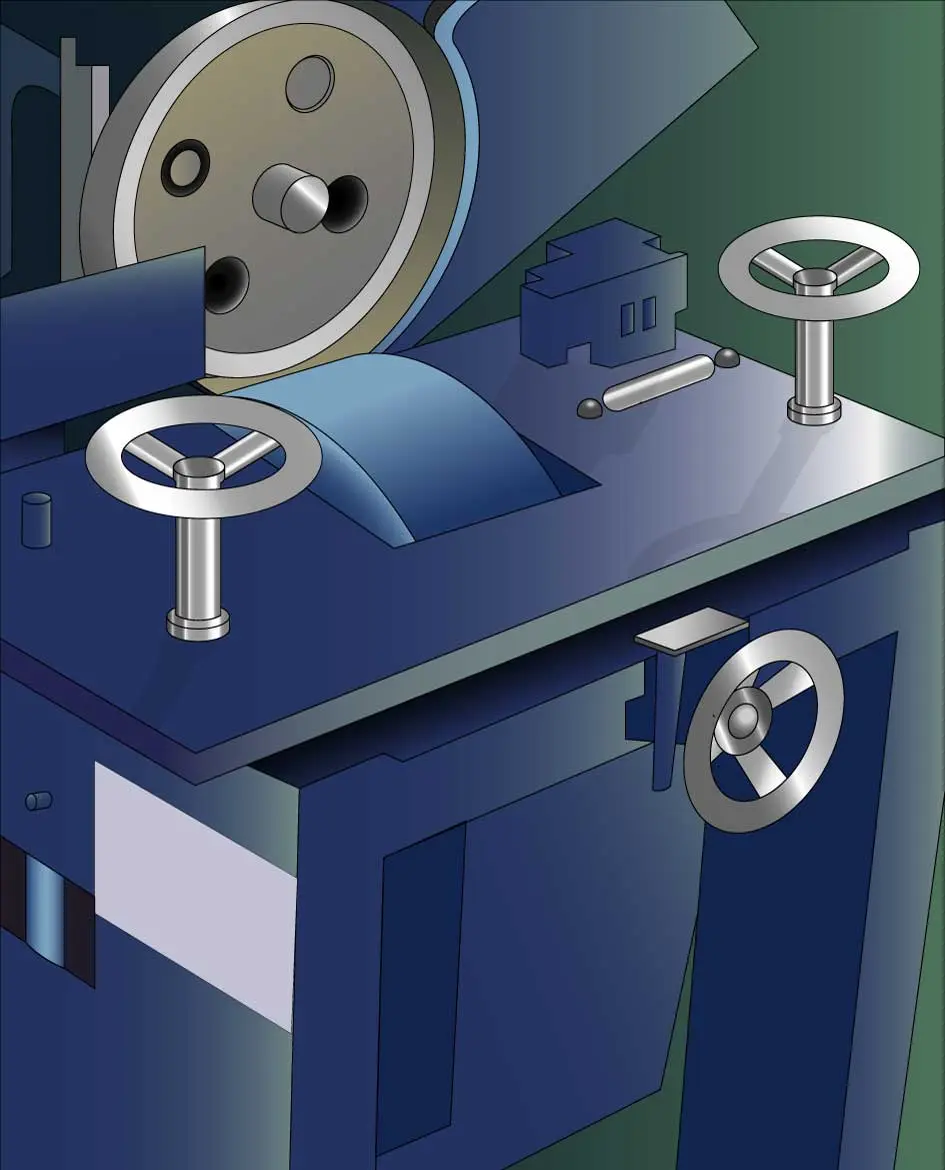
Large manufacturing companies like Schmetz and Groz-Beckert produce thousands of types of needles each year. There are hundreds of different types of industrial and home sewing machines, and different needles are used for sewing everything from clothing and shoes to upholstery and luggage.
Home sewing and industrial needles cannot be used interchangeably. The primary difference between them is the shank. Needles for home sewing machines have a flat side on the shank, and industrial needles have fully rounded shanks. The flat side on the shank of home sewing needles makes it easy to know when they’ve been inserted correctly.
Home sewing needles and industrial sewing needles differ in size, shape, strength, and purpose. Home sewing needles are generally smaller and thinner than industrial sewing needles, as they are designed for general-purpose sewing of lighter fabrics using more delicate stitching.
Industrial sewing needles are often made for heavier fabrics and more complex stitching. They are also stronger and more durable than home sewing needles, as they are designed to withstand the rigors of high-speed sewing machines used in factories and other industrial settings.
Here are some of the most common types of sewing needles.
Universal: These are the most common type of sewing needles, and they’re used for most general sewing tasks. These needles have a sharp point, making them ideal for piercing fabric without damaging or fraying it.
Ballpoint: These needles have a rounded point, allowing them to slide between the fabric's weave without damaging it. They’re designed for sewing knit and stretchy fabrics.
Embroidery: Embroidery needles have a sharp point and are specifically designed for embroidery and decorative stitching. Commercial embroidery machine needles must be precisely manufactured because of the high stitching speed.
Quilting Needles: Quilting needles are usually short but very sharp. They can easily pass through several layers of fabric at once.
Denim: Denim needles have a medium-length, sharp point designed to pierce through multiple layers of thick fabric.
Leather: Leather needles have a sharp, triangular point and are designed to pierce through thick, tough leather fabrics.
Global Standards in Sewing Machine Needles
Schmetz is one of the world's largest manufacturers of sewing machines. They started manufacturing needles just a few years after Isaac Singer started producing sewing machines.
Sewing machine companies have worked closely with needle manufacturers over the past two centuries, leading to global standards in home sewing machine needles. Innovations in sewing machines throughout the years have made it necessary to have higher-quality needles, and the two industries have worked side by side.
The More You Know
Since the invention of the sewing machine about 250 years ago, fantastic innovations have revolutionized the way we produce clothing and fabric items. Before the invention of the sewing machine, all clothing and fabric items were hand-sewn, a lengthy and laborious process.
While many people in the 1700s and 1800s feared that new sewing technologies would put people out of work, the opposite was true. The invention of the sewing machine allowed for significantly increased efficiency and productivity in the production of clothing and fabric items. Today, sewing and clothing manufacturing are global enterprises that create millions of jobs for people in many countries.
Innovations in mechanical engineering and electronics have made it easier for manufacturers to produce large quantities of high-quality sewing machine needles. With advances in information technology making it easier than ever to distribute sewing products to all parts of the world, production continues on a larger scale and at a much faster rate. This has resulted in increased availability and affordability of clothing and fabric items, improving the lives of people around the world.
The invention of the common sewing machine needle in 1755 changed the game, and with the advances in sewing technologies, clothing, and other fabric items have been able to be mass-produced and distributed efficiently. Clothing is more accessible to people of all economic statuses.
Clothing and fabric are now shared in parts of the world that didn’t previously have access to them. This has had a positive effect on the economies of these countries, as well as the people who live there.
As humans have seen in the past two hundred years, growth in the textile and clothing industry has led to advances in other areas. In the 1700s, it took several hours to make one shirt. Collectively, humanity can spend that time on other pursuits, including art and science.
Needle Innovation
When you look at the history of the sewing machine, it’s hard to imagine that more innovation is possible. In fact, the sewing machine needle is one textile industry sector that can continue to benefit from innovations.
Emerging trends in manufacturing, such as nanotechnology and 3D printing, could significantly impact the sewing industry. It’s possible that new technologies like these could revolutionize the way needles are made and lead to more advances in sewing machines.
Nanomanufacturing is a process that uses advanced technologies to produce products with extremely small components at the nanoscale. This technology has been used in producing materials and components for various industries, including electronics, biotechnology, and medicine. With precision nanotechnology, smaller components can be manufactured more precisely, which could be applied to sewing machine needles.
Everything that is required in the production of sewing machine needles is answered by nanomanufacturing. It enables the production of materials with superior properties and capabilities compared to those produced with traditional methods. For example, nanomaterials are often extremely lightweight and strong, allowing them to be used in products such as aircraft and medical devices.
Nanomanufacturing has also enabled the development of new technologies to improve the efficiency of the manufacturing process. For example, nanomanufacturing can be used to create 3D-printed components.
3D printing and manufacturing work using a 3D printer to create a three-dimensional object from a digital model using various materials such as plastic, metal, and ceramic. The printer then builds the object layer by layer, creating a physical object from a virtual model. This process is faster and more cost-effective than traditional manufacturing methods, and it can be used to create complex and intricate objects, like sewing machine needles.
The advantages of 3D printing and manufacturing are numerous. It eliminates the need for complex tooling, allowing faster and more precise production. It also allows for more customization and flexibility in the design of a product. Additionally, 3D printing and manufacturing can drastically reduce waste materials, producing precise, accurate parts requiring less material.
Another 250 Years
It has been 250 years since the first sewing needle patent in Germany, and there have been staggering advances in the clothing and textile industries as a result. It’s hard to imagine where humanity will be after another 250 years of innovations.
No one can predict the future, but it is certain that the clothing and textile industry will continue to advance. As technology progresses, people will likely see more automated and computerized processes for creating clothing and textiles. There will be more efficient ways to use resources, such as dyes and fabrics, while achieving the same quality results.
Society will benefit from an increased understanding of environmental sustainability, leading to more sustainable practices in the clothing and textile industry. After another 250 years, the clothing and textile industry will undoubtedly be drastically different and able to meet the needs of the modern world.
